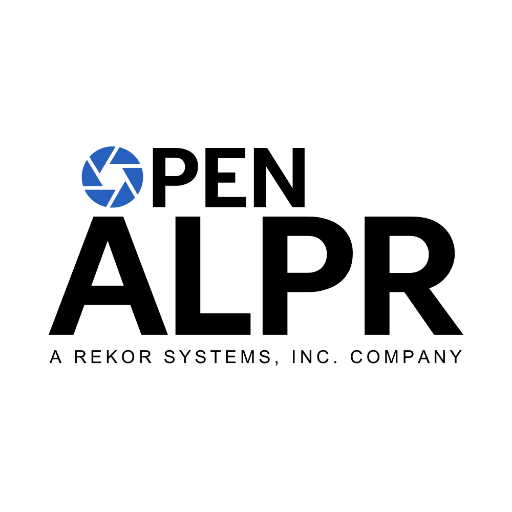Mock sample for your project: OpenALPR CarCheck API
Integrate with "OpenALPR CarCheck API" from openalpr.com in no time with Mockoon's ready to use mock sample

OpenALPR CarCheck API
openalpr.com
Version: 3.0.1
Integrate third-party APIs faster by using "OpenALPR CarCheck API" ready-to-use mock sample. Mocking this API will allow you to start working in no time. No more accounts to create, API keys to provision, accesses to configure, unplanned downtime, just work.
Improve your integration tests by mocking third-party APIs and cover more edge cases: slow response time, random failures, etc.
Description
The OpenALPR CarCheck API allows you to send images to the cloud for processing.
The image will be analyzed for license plates and vehicle make/models. The results
are returned in JSON format
Other APIs in the same category

Meshery API.
meshery.local
the purpose of this application is to provide an application
that is using plain go code to define an API
This should demonstrate all the possible comment annotations
that are available to turn go code into a fully compliant swagger 2.0 spec
that is using plain go code to define an API
This should demonstrate all the possible comment annotations
that are available to turn go code into a fully compliant swagger 2.0 spec

ApiManagementClient
azure.com
Use these REST APIs for performing operations on NamedValue entity associated with your Azure API Management deployment. API Management policies are a powerful capability of the system that allow the publisher to change the behavior of the API through configuration. Policies are a collection of statements that are executed sequentially on the request or response of an API. Policy statements can be constructed using literal text values, policy expressions, and NamedValues. Each API Management service instance has a NamedValues collection of key/value pairs that are global to the service instance. These NamedValues can be used to manage constant string values across all API configuration and policies.

Compute Admin Client
azure.com

AWS Migration Hub
The AWS Migration Hub API methods help to obtain server and application migration status and integrate your resource-specific migration tool by providing a programmatic interface to Migration Hub. Remember that you must set your AWS Migration Hub home region before you call any of these APIs, or a HomeRegionNotSetException error will be returned. Also, you must make the API calls while in your home region.

Amazon Cognito Sync
Amazon Cognito Sync Amazon Cognito Sync provides an AWS service and client library that enable cross-device syncing of application-related user data. High-level client libraries are available for both iOS and Android. You can use these libraries to persist data locally so that it's available even if the device is offline. Developer credentials don't need to be stored on the mobile device to access the service. You can use Amazon Cognito to obtain a normalized user ID and credentials. User data is persisted in a dataset that can store up to 1 MB of key-value pairs, and you can have up to 20 datasets per user identity. With Amazon Cognito Sync, the data stored for each identity is accessible only to credentials assigned to that identity. In order to use the Cognito Sync service, you need to make API calls using credentials retrieved with Amazon Cognito Identity service. If you want to use Cognito Sync in an Android or iOS application, you will probably want to make API calls via the AWS Mobile SDK. To learn more, see the Developer Guide for Android and the Developer Guide for iOS.

Amazon AppConfig
AWS AppConfig Use AWS AppConfig, a capability of AWS Systems Manager, to create, manage, and quickly deploy application configurations. AppConfig supports controlled deployments to applications of any size and includes built-in validation checks and monitoring. You can use AppConfig with applications hosted on Amazon EC2 instances, AWS Lambda, containers, mobile applications, or IoT devices. To prevent errors when deploying application configurations, especially for production systems where a simple typo could cause an unexpected outage, AppConfig includes validators. A validator provides a syntactic or semantic check to ensure that the configuration you want to deploy works as intended. To validate your application configuration data, you provide a schema or a Lambda function that runs against the configuration. The configuration deployment or update can only proceed when the configuration data is valid. During a configuration deployment, AppConfig monitors the application to ensure that the deployment is successful. If the system encounters an error, AppConfig rolls back the change to minimize impact for your application users. You can configure a deployment strategy for each application or environment that includes deployment criteria, including velocity, bake time, and alarms to monitor. Similar to error monitoring, if a deployment triggers an alarm, AppConfig automatically rolls back to the previous version. AppConfig supports multiple use cases. Here are some examples. Application tuning : Use AppConfig to carefully introduce changes to your application that can only be tested with production traffic. Feature toggle : Use AppConfig to turn on new features that require a timely deployment, such as a product launch or announcement. Allow list : Use AppConfig to allow premium subscribers to access paid content. Operational issues : Use AppConfig to reduce stress on your application when a dependency or other external factor impacts the system. This reference is intended to be used with the AWS AppConfig User Guide.





